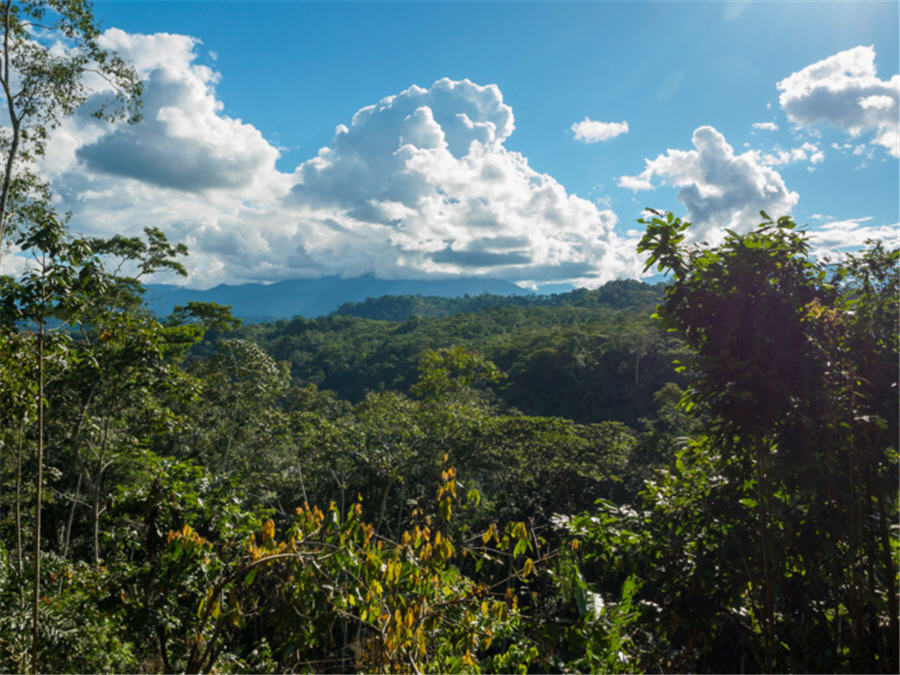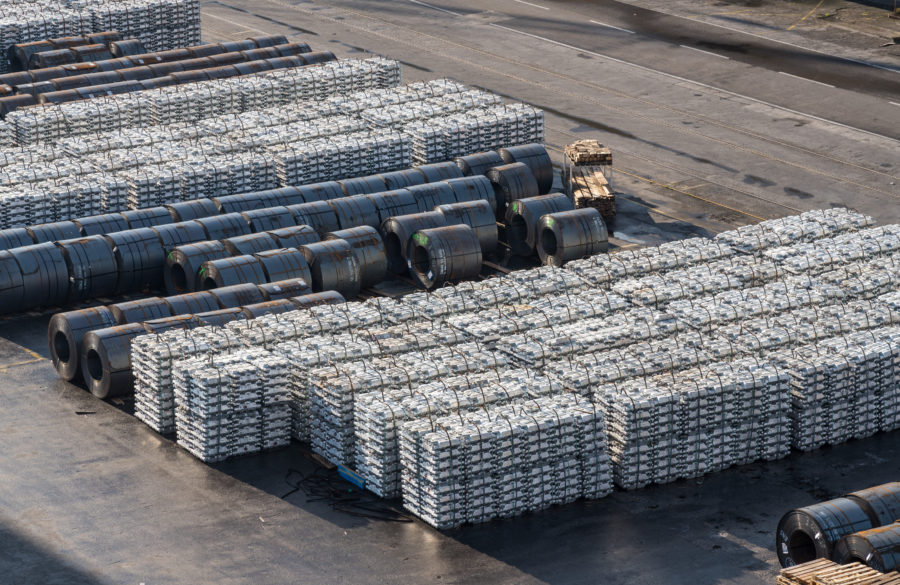Reconnaissance exploration at the Kirus and Jempe targets at Aurania Resources’ (TSXV: ARU); US-OTC: AUIAF) Lost Cities – Cutucu project in Ecuador, has returned grab samples of rock with copper grades of 4% to 7% and silver grades ranging from 20 to 79 grams per tonne.
The discoveries are about 20 km apart and were made during exploration of the magnetic targets identified from a geophysical survey of the project. The copper mineralization at Kirus lies on the northern edge of an area of anomalously strong magnetism that is about 4 km in diameter.
In addition, a grab sample taken from the Tsenken magnetic target, 8 km from Kirus and 12 km from Jempe, contained grades of 7.1% copper and 19 grams silver.
The company believes these “secondary” copper minerals could represent the remobilization and precipitation of copper, derived from weathering of primary porphyry copper occurrences nearby and then transported laterally in the water table.
Chairman and CEO Keith Barron conceded that while it is still early days, “it is very significant that our geologists are finding secondary copper minerals in proximity to our magnetic targets
“Such secondary zones are termed ‘supergene’ and can form economically valuable and shallow enrichment zones known as ‘copper blankets,’” the companysaid in a press release. “The humid tropical environment typically promote the generation of supergene enrichment zones at shallow levels in proximity to copper porphyry occurrences, however erosion often strips them away.”
Aurania notes that the degree of recent erosion within its concession area has been minimal. “What this means,” the company explains, “is that the geological environment is favourable for the preservation of copper blankets if they occur.”
Chairman and CEO Keith Barron conceded that while it is still early days, “it is very significant that our geologists are finding secondary copper minerals in proximity to our magnetic targets.”
“This is unlike elsewhere in Ecuador in porphyry copper exploration,” he stated in the Nov. 1 press release. “By analogy with the Cordillera del Condor to the south, we always believed that at least a proportion of our magnetic targets would be porphyry copper occurrences. Our findings would suggest that in the Cutucu, copper blankets have been at least partially preserved over a 20 km wide area, and that substantial copper enrichment and natural upgrading has taken place. Elsewhere in the world, such as at Morenci in Arizona, the primary porphyry mineralization at depth is not economically interesting but the enrichment blanket has sustained production for many years. We are very encouraged.”
Barron added that the company’s approach to copper-gold exploration – to focus geochemical and prospecting on targets selected from an airborne geophysics survey that it flew over the entire property in late 2017 – has been successful and identified porphyry characteristics at four of the five magnetic features it has investigated so far.
Next steps include ranking its list of targets for near-term scout drilling.
Barron cofounded Aurelian Resources in 2001 and along with Stephen Leary and Patrick Anderson discovered Ecuador’s multi-million ounce Fruta del Norte gold deposit in 2006.
Aurania’s Cutucu project is 90 km north of Fruta del Norte, which is now owned by Lundin Gold (TSX: LUG; US-OTC: FTMNF).




Comments